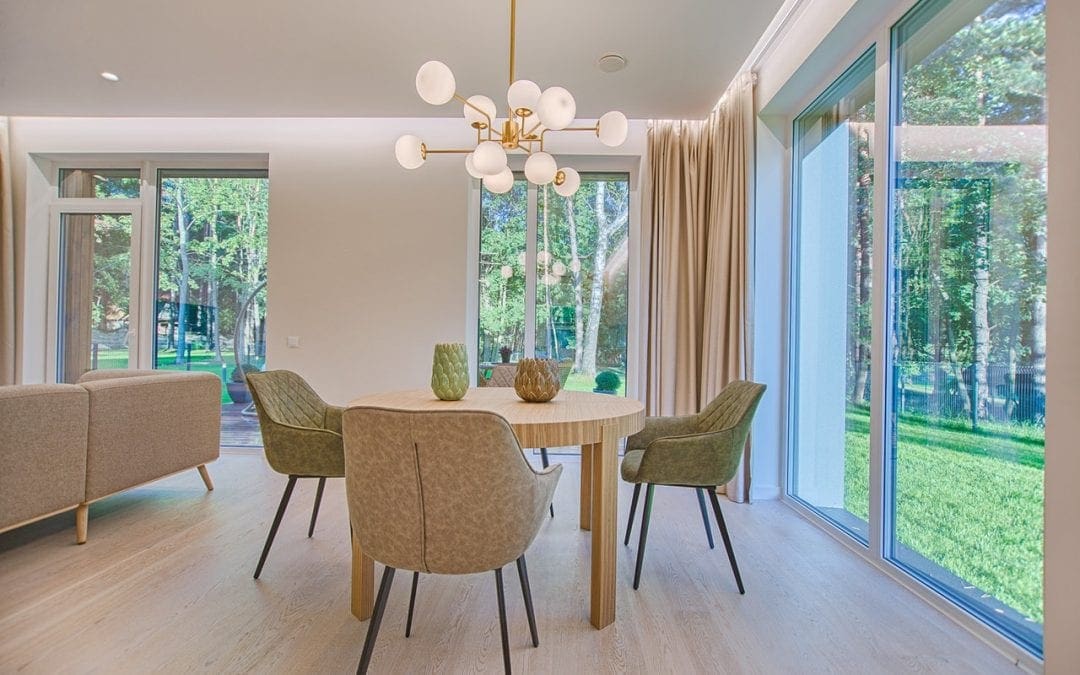Everyone wants to achieve their dream home design. They want their home’s interior to be special, letting the color and arrangement reflect their personal style. When customizing the interior of your energy efficient home making decisions about furniture arrangement, window treatments, wall hangings, and other factors can make quite a difference. Making good decisions can help you to avoid costly mistakes.
One of the first things to do is make sure that you leave room for your HVAC system. You should take time to locate all of your vents, cold air returns, radiators, and thermostats. You want to leave your vents exposed for direct air flow, or position the guides in a direction that is uninhibited by furniture.
Also, avoid placing sources of artificial heat near a thermostat to make certain readings are accurate. Large appliances, light bulbs, and electronics can also affect temperature readings. A way to reduce any issues caused by slight imperfections in wall insulation and window seals is to use furniture as an extra thermal layer. High-backed or stuffed sofas and chairs can work quite well for this purpose, and skirted furniture can help reduce floor-level drafts. Dense furniture, such as a full bookcase can serve as a barrier when placed against a wall. Decorating with a quilt or tapestry can provide you with unique decor, while also providing you an extra layer of insulation.
While hardwood floors can be a very stunning feature, depending on the insulation beneath, a bare floor can be a large source of heat loss. In a raised home or one that has an unheated basement, a hardwood floor can leave it vulnerable. Rather than covering your beautiful wood floor with carpeting, you can use area rugs in the winter. However, if you are willing, wool carpeting with a thick pad will help to stop floor draft.
Windows can be a relatively weak spot in a home’s energy efficiency. They can be a common source of drafts and effects from the sun that will overwork your air conditioning. With proper window treatments, these effects can be minimized to lower cost. When the temperature is low, you can use sun-facing windows as a source of heat by letting in sunlight. On the other end, using thick curtains or shades can help lower the loss of warm air. During summer months, using light-colored or reflective blinds or shades can block out unnecessary heat.
Designing your home is an engaging and important process that will refresh and personalize your space. These design choices can also go hand-in-hand with your energy efficient home designs, in order to create comfortably polished rooms. Done the right way, you will reduce your utility bills and get your dream home.


Recent Comments